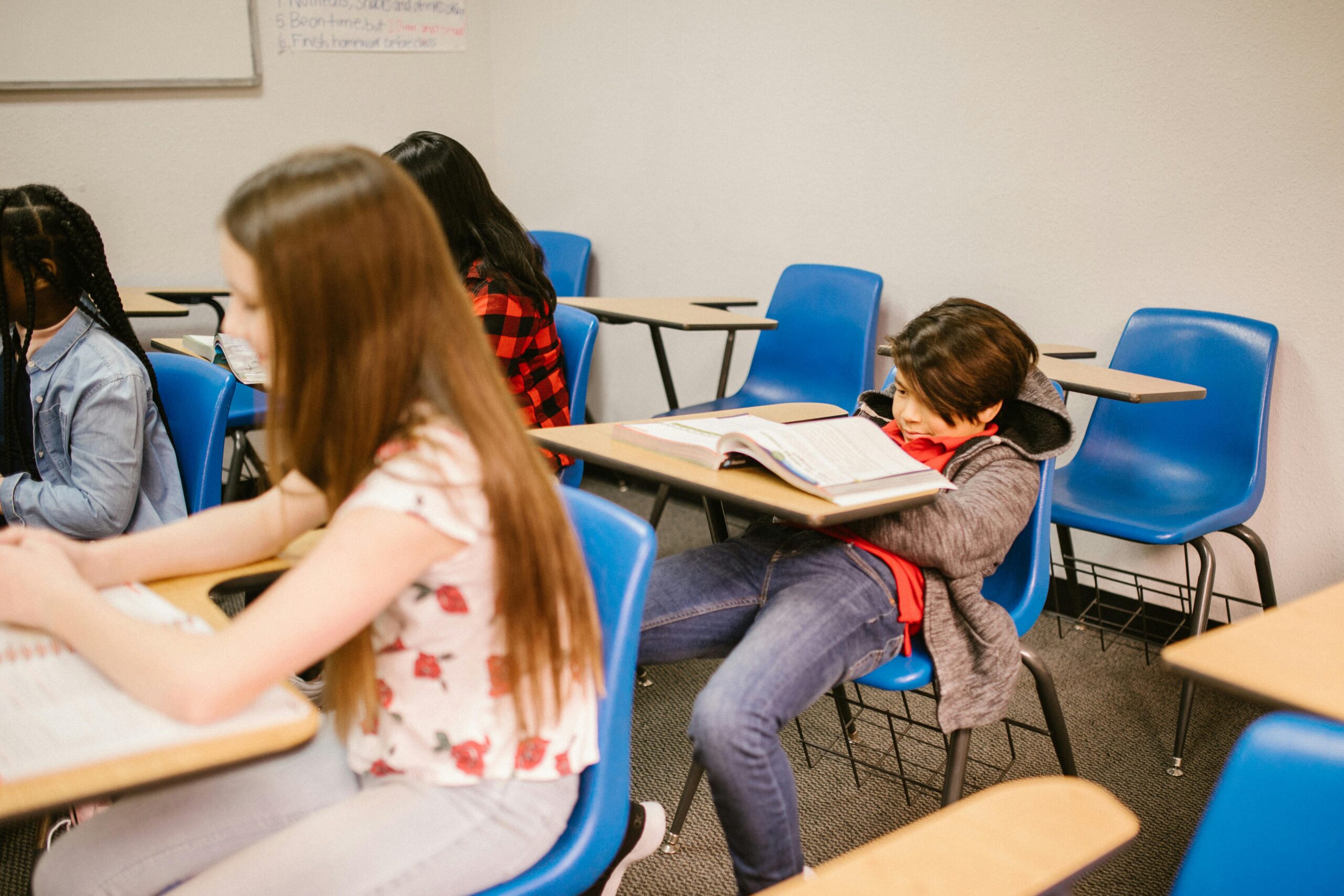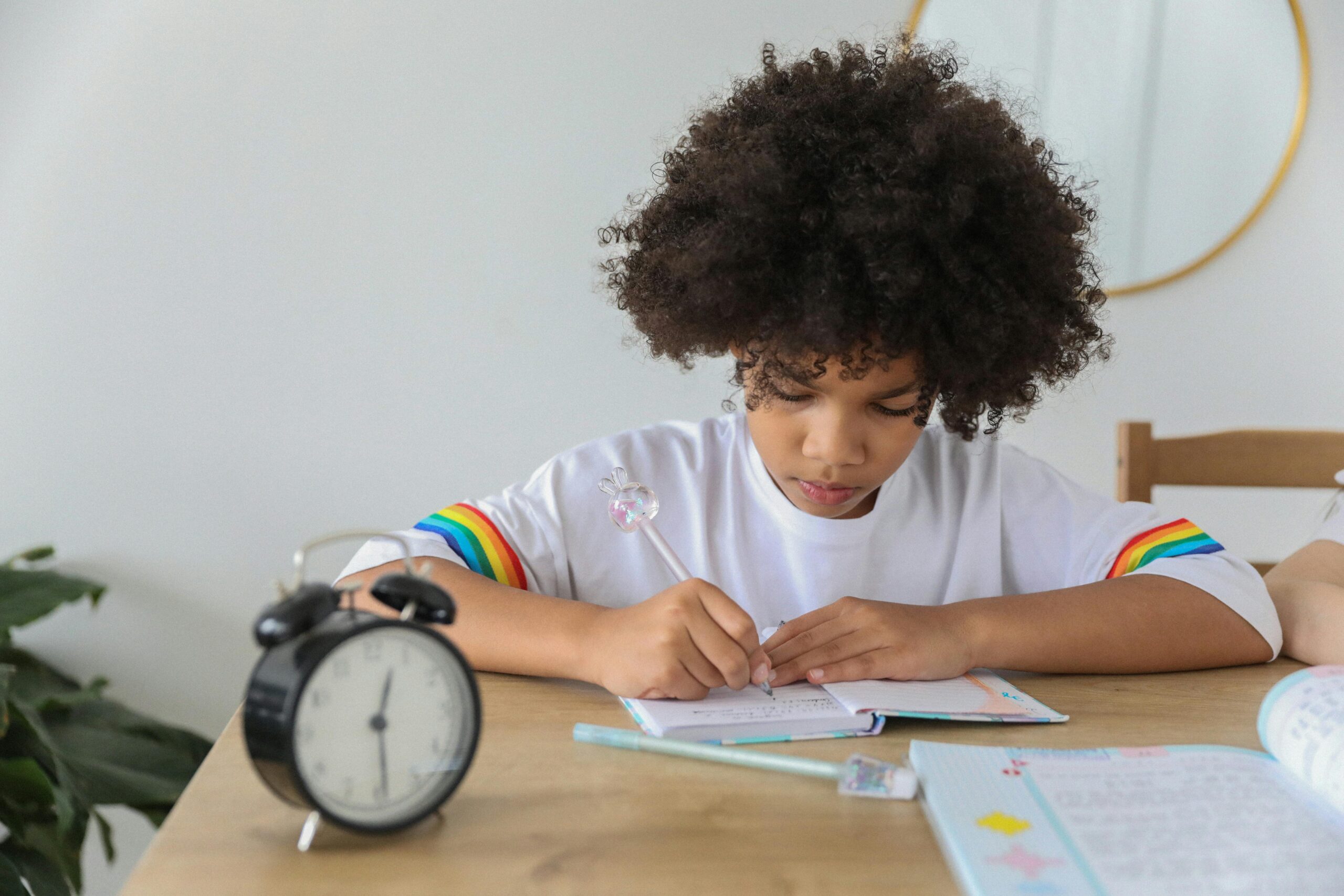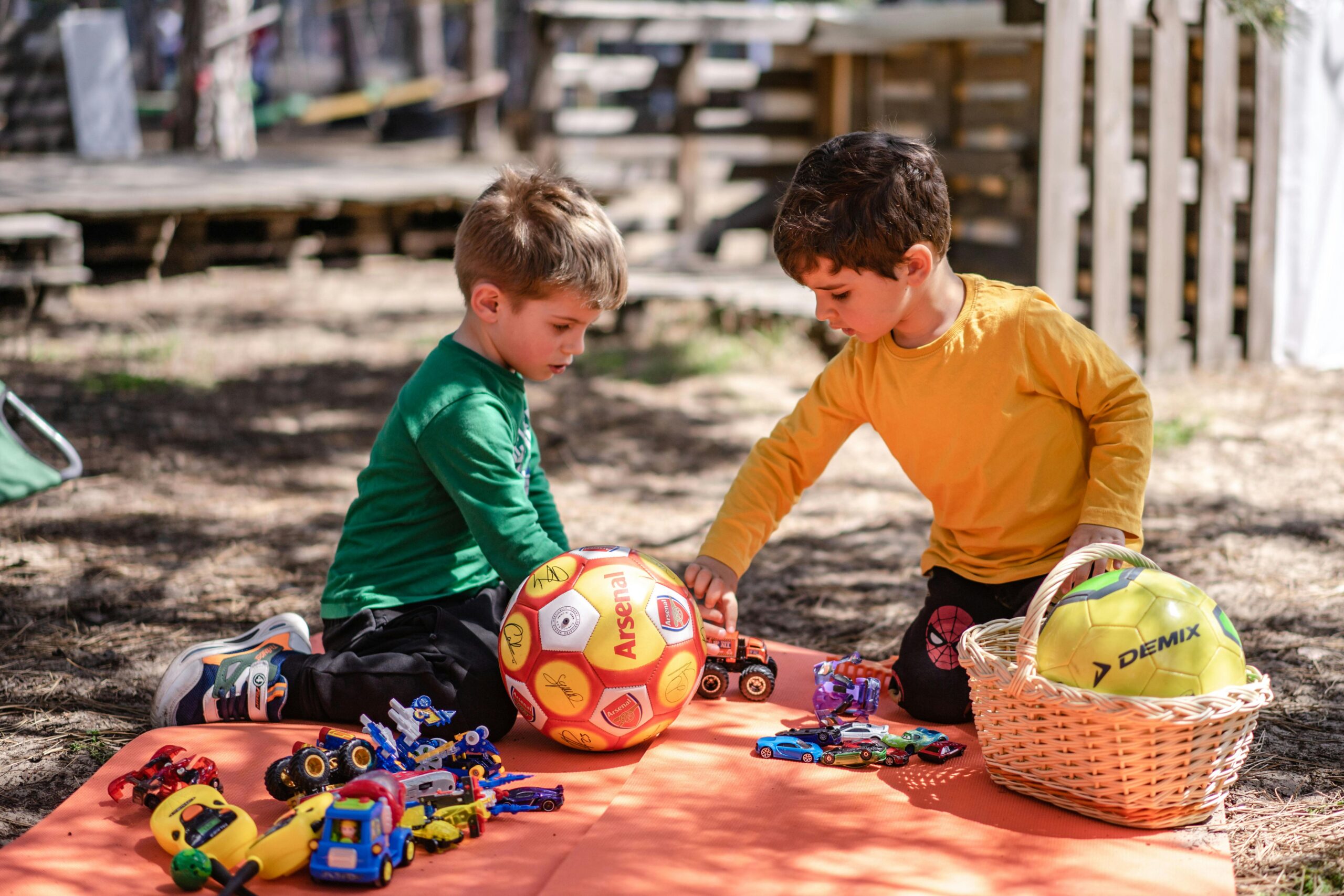As parents, we all want our children to grow into confident, independent individuals who can make good choices, even in the face of peer pressure. Whether it’s about trying a new trend, skipping homework, or engaging in risky behavior, children often feel an immense need to fit in with their peers. Teaching them how to handle peer pressure effectively is one of the greatest life skills we can impart. Here are seven practical ways to help your child navigate these challenges with confidence.
1. Encourage Open Communication
The first step in preparing your child to handle peer pressure is creating a home environment where they feel safe discussing their thoughts, experiences, and dilemmas. When kids feel heard and understood, they are more likely to seek guidance when facing difficult choices.
- Ask open-ended questions like, “What do you think about this situation?” or “How would you handle it?”
- Listen without judgment, allowing them to express their emotions freely.
- Share your own experiences with peer pressure and how you overcame it.
By encouraging open communication, you help your child feel confident that they can come to you for advice and support.
2. Teach the Power of Saying No
Many children struggle with saying no because they fear rejection or ridicule. However, learning to set boundaries and stand firm on their values is crucial. Teach your child different ways to say no confidently without feeling guilty or awkward.
- Use role-playing exercises to practice saying no in various situations.
- Teach them simple yet effective responses like, “No thanks, I’m not interested,” or “I’d rather not.”
- Encourage body language that conveys confidence, such as standing tall and making eye contact.
Remind them that true friends will respect their decisions, even if they don’t agree with them.
3. Help Them Choose the Right Friends
Children are highly influenced by the company they keep. Guide them in forming friendships with those who share similar values and encourage positive behavior.
- Discuss the qualities of a good friend and the importance of mutual respect.
- Encourage participation in extracurricular activities where they can meet like-minded peers.
- Teach them to recognize toxic friendships and how to distance themselves from negative influences.
Having supportive friends makes it easier to resist negative peer pressure and make responsible choices.
4. Boost Their Self-Confidence
Children who have a strong sense of self-worth are less likely to give in to peer pressure. Confidence comes from knowing who they are and what they stand for.
- Encourage them to set personal goals and celebrate achievements.
- Praise their efforts and strengths rather than just results.
- Help them develop skills and hobbies that make them feel capable and accomplished.
When children believe in themselves, they are less likely to seek validation through risky behaviors.
5. Teach Critical Thinking and Decision-Making Skills
Instead of telling your child what to do, equip them with the skills to analyze situations and make informed choices. Critical thinking helps children assess the consequences of their actions rather than acting impulsively.
- Discuss hypothetical peer pressure scenarios and ask, “What would you do?”
- Teach them to weigh the pros and cons before making decisions.
- Encourage them to ask themselves, “Is this the right choice for me?” or “What could happen if I do this?”
With practice, they will develop the confidence to make choices that align with their values.
6. Be a Role Model
Children learn by observing the adults in their lives. If they see you confidently making independent choices and resisting social pressure, they will be more likely to do the same.
- Demonstrate assertiveness in your decisions, whether in social settings or professional life.
- Share personal experiences of when you stood your ground despite external pressure.
- Show them how to handle disagreements respectfully without giving in to influence.
Your actions will leave a stronger impact than words alone.
7. Provide a Safe Exit Strategy
Sometimes, children may find themselves in situations where they feel uncomfortable but don’t know how to leave without embarrassment. Giving them a pre-planned exit strategy can be a lifesaver.
- Create a secret code word or phrase that they can use to signal they need help.
- Offer them a non-judgmental way to exit a situation, such as calling you or pretending they have another commitment.
- Teach them to blame parental rules if needed, like saying, “My parents won’t let me,” to get out of uncomfortable situations.
Having an escape plan helps them feel supported and in control.
Wrapping it up
Teaching children how to handle peer pressure is not a one-time lesson but an ongoing conversation. The more prepared they are, the more confident they will feel when making tough choices. By fostering open communication, building their confidence, and equipping them with practical strategies, you empower your child to stand firm in their values and make independent, positive decisions.
Let’s raise strong, self-assured children who can navigate peer pressure with wisdom and resilience!



